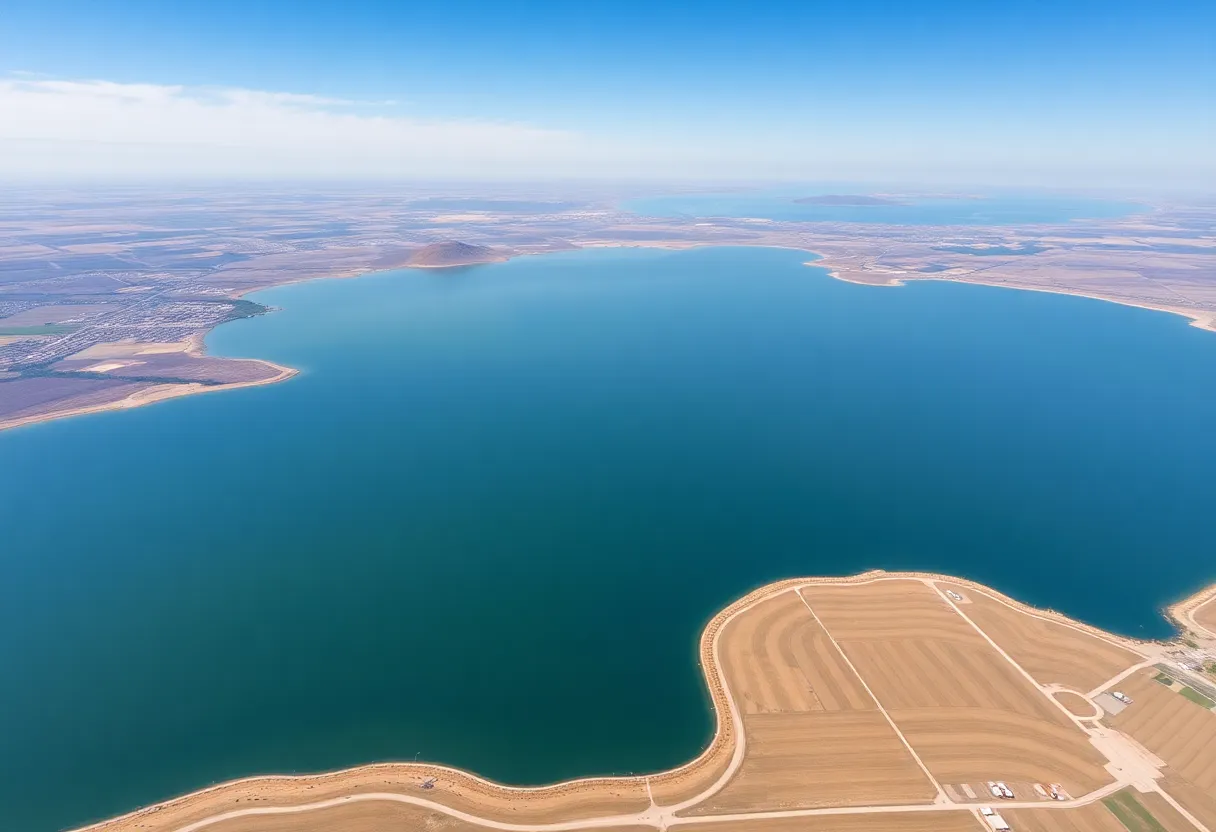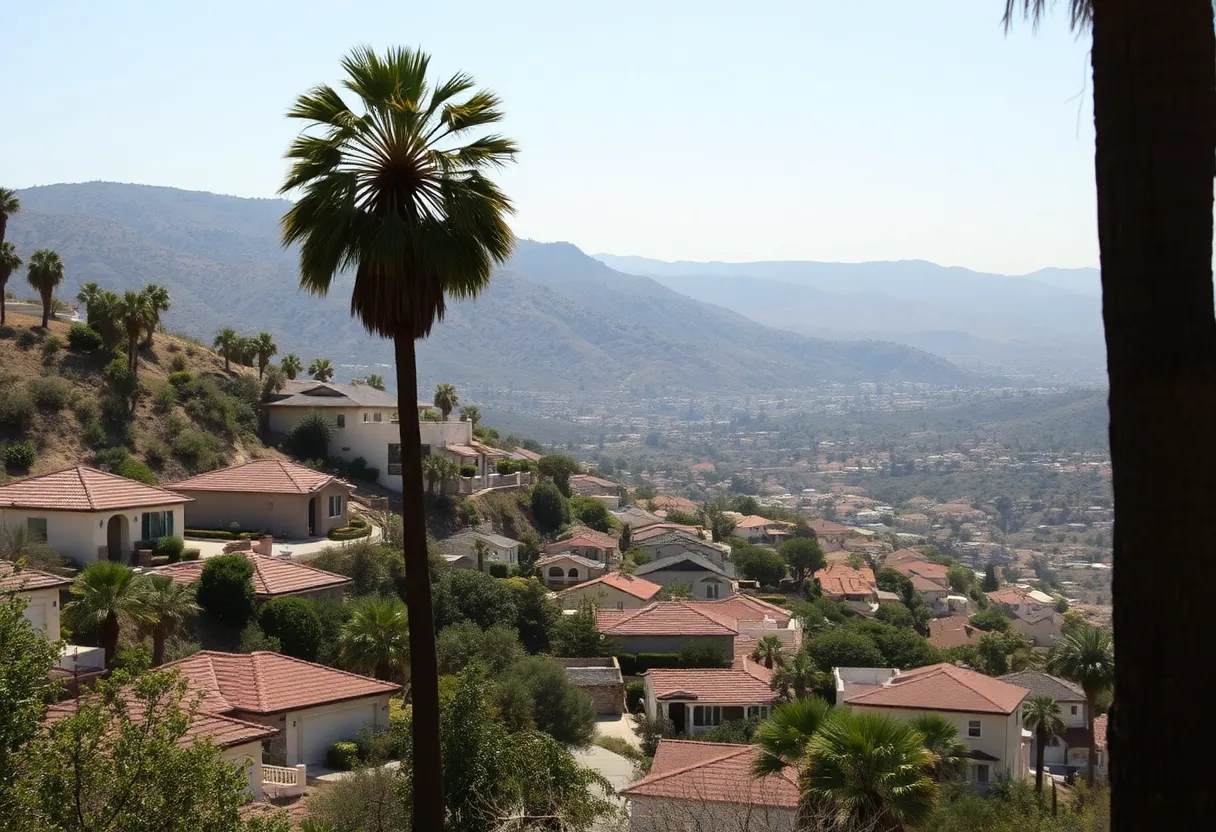News Summary
Tulare Lake has resurfaced in California’s San Joaquin Valley after more than 130 years of disappearance. The lake’s revival, sparked by atmospheric rivers and snowmelt in early 2023, has led to a resurgence of wildlife and cultural practices of local tribes. However, it has also caused significant flooding that impacted agricultural workers. The lake’s historical patterns of appearing and vanishing raise concerns about future water management and ecological preservation.
California – After more than 130 years of disappearing from the landscape, Tulare Lake has made a remarkable comeback in California’s San Joaquin Valley. Once the largest body of freshwater west of the Mississippi River, the lake’s revival began in 2023 following a series of atmospheric rivers and rapid snowmelt from the Sierra Nevada mountains. At its peak this year, the lake covered an estimated 120,000 acres, submerging over 94,000 acres of farmland.
The resurgence of Tulare Lake has brought renewed life to the region, reviving local wildlife, including migratory birds, fish, and amphibians. The Tachi Yokut tribe, whose ancestors relied on the lake known to them as “Pa’ashi” for sustenance, has actively engaged in cultural ceremonies and practices such as traditional hunting and fishing, celebrating the return of their historical resource.
However, the flooding that accompanied the lake’s resurgence has had negative impacts as well. Homes and properties of agricultural workers and landowners in the area suffered significant damage, raising concerns over the socio-economic ramifications of the lake’s return. With rainfall in the region typically scarce, averaging just over 10 inches a year, the sudden influx of water from the revival has created complexities for local communities dependent on stable land for their livelihoods.
The first notable disappearance of Tulare Lake occurred around 1890 as state policies favored drainage for agricultural expansion and private ownership. Historical records indicate that Tulare Lake initially spanned over 100 miles in length and 30 miles in width during the late 19th century. It even facilitated steamship travel from Bakersfield to San Francisco, a journey of nearly 300 miles. The Tachi Yokut and other Indigenous communities historically depended on the lake for food and cultural practices, yet its depletion due to colonization stripped them of this vital resource.
The lake has a historical pattern of reappearing and vanishing, having resurfaced multiple times since its original disappearance, notably in the 1930s, 1960s, and 1980s. Various factors including water management practices have come under scrutiny now, as experts assess the implications of climate change on future water levels and flood patterns in the region. Predictions indicate that large floods from storms could occur with increased frequency, presenting potential challenges ahead.
As of March 2024, the lake’s area has diminished to approximately 2,625 acres, prompting worries about its imminent disappearance once more. With the region’s historical cycles of lake disappearance and resurgence, the ongoing transformation invites a deep examination of water resource management strategies and ecological conservation efforts to balance agricultural needs with environmental restoration.
The return of Tulare Lake symbolizes not only a shift in the physical landscape but also serves as a poignant reminder of California’s complex relationship with its natural resources and the inherent tension between agricultural development and ecological preservation. Local communities, particularly Indigenous tribes, continue to navigate these changes while advocating for a sustainable future that honors their heritage.
Deeper Dive: News & Info About This Topic
- NDTV
- indy100
- Jagran English
- Livemint
- Earth.com
- Wikipedia: Tulare Lake
- Google Search: Tulare Lake
- Google Scholar: Tulare Lake
- Encyclopedia Britannica: Tulare Lake
- Google News: Tulare Lake

Author: STAFF HERE BEVERLY HILLS WRITER
The Beverly Hills Staff Writer represents the experienced team at HEREBeverlyHills.com, your go-to source for actionable local news and information in Beverly Hills, Los Angeles County, and beyond. Specializing in "news you can use," we cover essential topics like product reviews for personal and business needs, local business directories, politics, real estate trends, neighborhood insights, and state news affecting the area—with deep expertise drawn from years of dedicated reporting and strong community input, including local press releases and business updates. We deliver top reporting on high-value events such as the Rodeo Drive Concours d'Elegance, the Beverly Hills artSHOW, Concerts on Canon, and holiday celebrations throughout the city. Our coverage extends to key organizations like the Beverly Hills Chamber of Commerce and Visit Beverly Hills, plus leading businesses in luxury fashion, hospitality, and entertainment that drive the local economy. As part of the broader HERE network, including HERELosAngeles.com, HERESantaAna.com, HEREHuntingtonBeach.com, and HERECostaMesa.com, we provide comprehensive, credible insights into Southern California's dynamic landscape.





